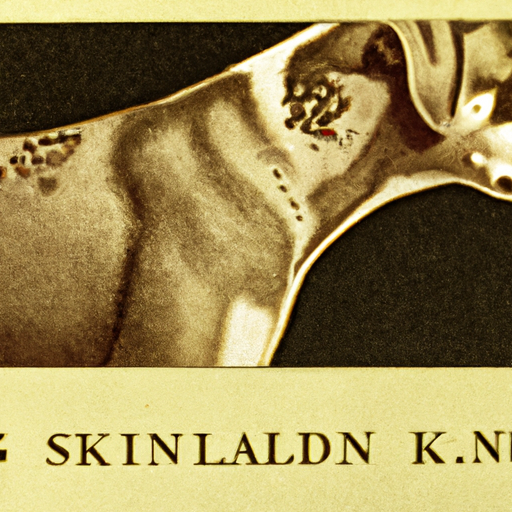Understanding Skin Tags
You might have noticed small, fleshy bumps on your dog’s skin that weren’t there before. These are known as “skin tags” and they are quite common, especially in older dogs. Don’t worry, they’re usually harmless. However, it’s always good to have a clear understanding of what they are and when you might need to be concerned for your furry friend.
Skin tags, medically referred to as acrochordons or fibroepithelial polyps, are benign skin growths that resemble a piece of hanging skin. They are often the same color as your dog’s skin and can appear anywhere on the body.
Causes of Skin Tags
The exact cause of skin tags in dogs is not known, but several factors are believed to contribute to their development:
- Age: Older dogs are more likely to develop skin tags.
- Genetics: Some breeds may be more prone to skin tags than others.
- Hormonal changes: Hormonal imbalances can lead to skin tags.
- Friction: Areas of skin that rub together often can develop skin tags.
When to Be Concerned
While skin tags are usually harmless, there are situations where they might warrant a visit to the vet:
- If a skin tag changes in appearance: look out for changes in color, size or shape.
- If a skin tag becomes irritated or infected: this can happen if a skin tag is scratched or bitten.
- If a skin tag is causing discomfort: your dog might scratch or bite at it excessively.
And remember, not all skin bumps are skin tags. Some can be more serious conditions like warts, moles, or even cancerous growths. If you’re unsure, it’s always best to consult with your vet.
Treatment Options
Treatment for skin tags in dogs is usually not necessary unless they are causing problems. Here are the common options:
- Observation: If the skin tag is not causing any issues, your vet may recommend just keeping an eye on it.
- Removal: This can be done through surgical excision, cryotherapy (freezing), or laser removal. Here’s a comparison:
| Method | Pros | Cons |
|---|---|---|
| Surgical Excision | Quick, often only requiring local anesthesia | May require stitches |
| Cryotherapy | Non-invasive, often painless | May require multiple sessions |
| Laser Removal | Precise, minimal bleeding | More expensive, requires specialized equipment |
Prevention
Unfortunately, there’s no surefire way to prevent skin tags. But maintaining your dog’s overall health can help keep their skin healthy. This includes a balanced diet, regular exercise, and keeping their skin clean and free from irritants.
Frequently Asked Questions
Q: Can I remove a skin tag at home?
A: No, it’s not recommended to remove a skin tag at home as it can lead to infection or other complications. Always consult a vet.
Q: Are skin tags contagious?
A: No, skin tags are not contagious.
Q: Can a skin tag turn into cancer?
A: While skin tags themselves are benign, any skin growth should be monitored for changes that could indicate a more serious condition.
In conclusion, skin tags on dogs are typically harmless and a common part of aging. However, if you notice any changes in your dog’s skin tags, don’t hesitate to consult a vet. Always remember, you’re the best advocate for your furry friend’s health!



